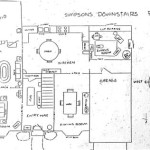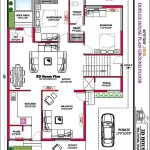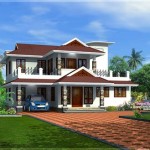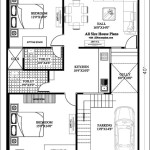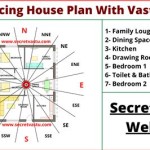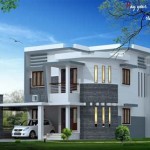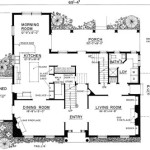Essential Aspects of Small Post and Beam House Plans
Small post and beam houses are gaining popularity due to their energy efficiency, adaptability, and timeless beauty. These homes combine the strength and durability of post and beam construction with the flexibility of modular design. If you're considering a small post and beam house, here are some key aspects to consider:
Post and Beam Construction
Post and beam construction utilizes large, heavy timbers for the frame of the house. These timbers are typically made of durable woods like Douglas fir or southern yellow pine. The posts are set vertically to support the roof, while the beams are laid horizontally to distribute the load. This type of construction creates a sturdy structure that can withstand seismic activity and other environmental forces.
Energy Efficiency
Small post and beam houses are inherently energy-efficient due to their tight construction and insulation. The heavy timbers provide thermal mass, which helps to regulate temperature fluctuations. In addition, post and beam homes often feature large windows to maximize natural light and reduce the need for artificial lighting. With proper insulation and sealing, these homes can significantly reduce energy consumption.
Adaptability
One of the key advantages of small post and beam houses is their adaptability. The modular design allows for easy customization and expansion. You can design your home to meet your specific needs, whether it's a cozy retreat or a growing family home. Adding on rooms or expanding existing spaces is relatively straightforward, making it easy to accommodate changing lifestyles.
Timeless Beauty
Post and beam houses exude a timeless beauty that adds character and warmth to any neighborhood. The exposed timbers and natural materials create a rustic yet elegant aesthetic that never goes out of style. The structural integrity of these homes also ensures that they will stand the test of time.
Size Considerations
Small post and beam houses typically range from 1,000 to 2,000 square feet. This size range allows for comfortable living while minimizing energy consumption and maintenance costs. However, it's important to determine the optimal size for your needs based on factors such as the number of bedrooms, bathrooms, and living spaces required.
Site Selection
The location of your small post and beam house is crucial. Consider factors such as sunlight exposure, drainage, and access to utilities. The site should provide adequate space for the house, outdoor living areas, and future additions if desired. Professional site planning can help ensure that your home is situated optimally.
Sustainability
Small post and beam houses can be designed to minimize their environmental impact. By using sustainably harvested timbers and energy-efficient appliances, you can create a home that is both environmentally conscious and cost-effective. Additionally, the durability of post and beam construction reduces the need for frequent repairs and renovations.

Small Post And Beam Floor Plan Eastman House Barn Interior Yankee Homes Home

Residential Floor Plans American Post Beam Homes Modern Solutions To Traditional Living

Residential Floor Plans American Post Beam Homes Modern Solutions To Traditional Living

Timber Frame House Plan Design With Photos

Modern Post And Beam Homes Logangate Timber

Cottage Plans Timber Frame Hq

House Plans The Valleyview Cedar Homes

Purcell Timber Frames The Precrafted Home Company House Plans Tiny Cabin

Carmel Family Custom Homes Post Beam Cedar Plans
Small Timber Frame House Plans Hamill Creek

